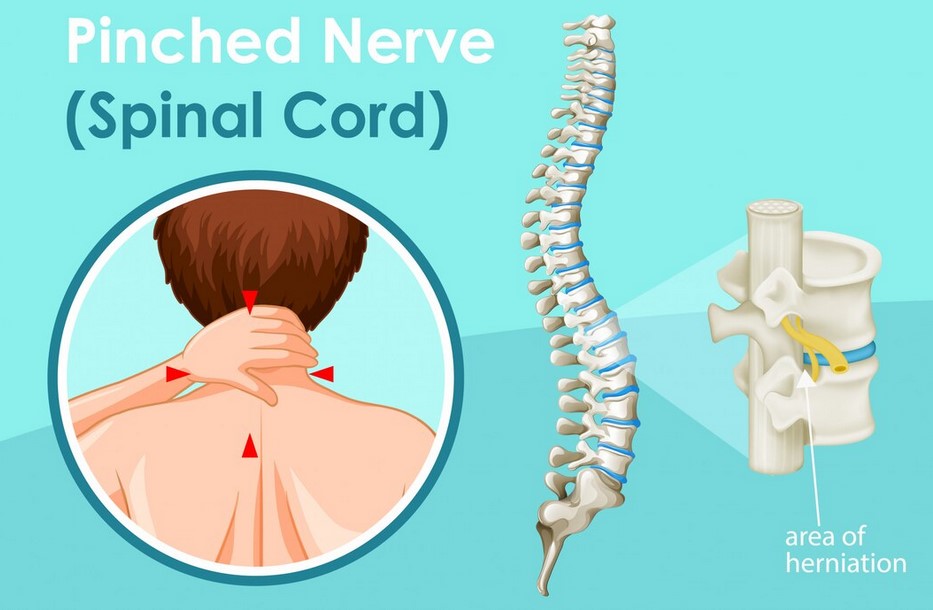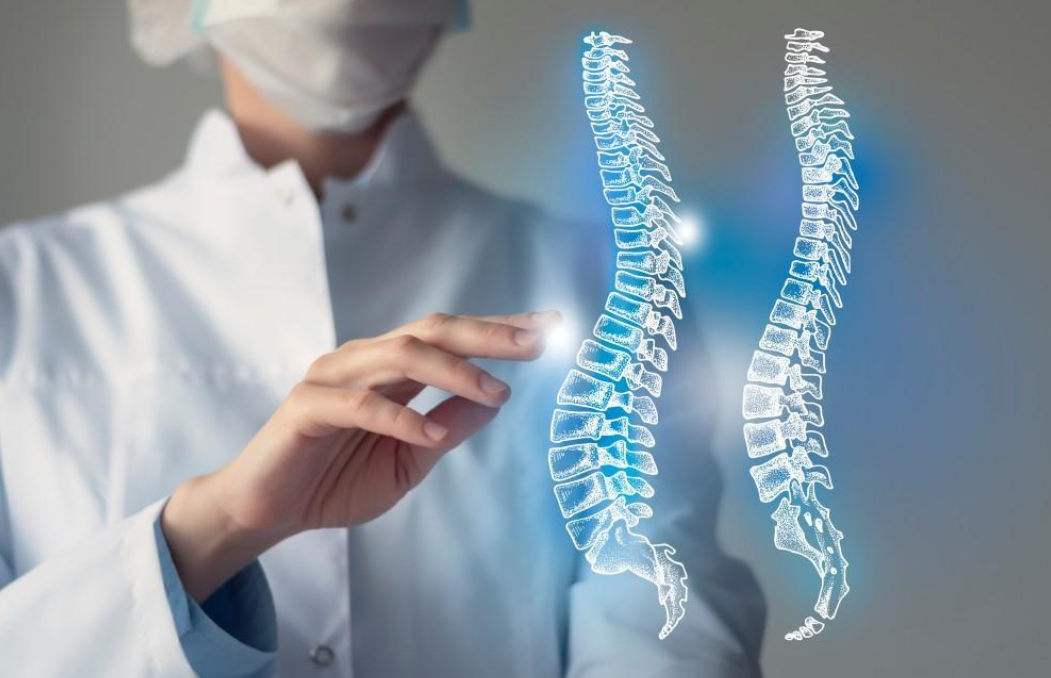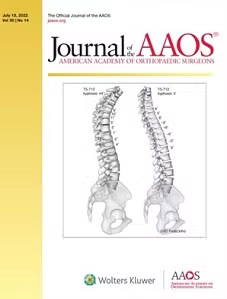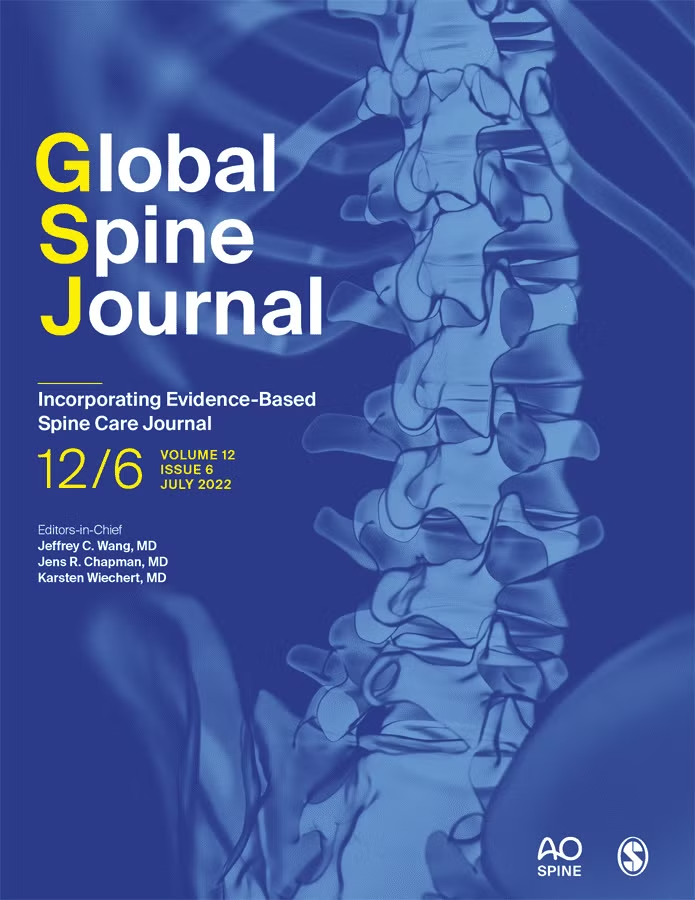
Chronic pain can be a debilitating condition, affecting every aspect of a person’s life. When traditional pain management strategies fail, more advanced options like spinal cord stimulator (SCS) placement may be recommended. This procedure offers hope for many individuals suffering from chronic pain, particularly those with conditions like failed back surgery syndrome, complex regional pain syndrome, or peripheral neuropathy. At Awake Spinal Fusion, we understand the importance of being well-informed before undergoing any medical procedure. This article will guide you through what to expect before, during, and after spinal cord stimulator placement, helping you make informed decisions about your care.
What Is a Spinal Cord Stimulator?
A spinal cord stimulator is a device implanted in the body to deliver electrical impulses to the spinal cord. These impulses interfere with the pain signals before they reach the brain, effectively reducing or eliminating the sensation of pain. The SCS system typically consists of a small pulse generator (similar to a pacemaker) and one or more electrodes (thin wires) that are placed near the spinal cord.
Before the Procedure: Preparing for Spinal Cord Stimulator Placement
- Consultation and Evaluation
The first step in the process is a thorough consultation with your pain management specialist or neurosurgeon. During this evaluation, your medical history will be reviewed, and a physical examination will be conducted to determine if you are a good candidate for the procedure. The doctor will discuss the potential benefits, risks, and alternatives to spinal cord stimulator placement. Imaging studies such as an MRI or CT scan may be ordered to assess the anatomy of your spine.
- Psychological Evaluation
A psychological evaluation is often required before SCS placement. Chronic pain can have a significant impact on mental health, and the success of the stimulator can be influenced by psychological factors. This evaluation helps ensure that patients have realistic expectations and are mentally prepared for the procedure.
- Trial Period
Before the permanent implantation, most patients undergo a trial period with a temporary spinal cord stimulator. This trial allows both the patient and the doctor to assess how well the device manages the pain. During the trial, the electrodes are placed outside the spine, and the external pulse generator is worn on a belt. The trial typically lasts 5 to 7 days. If the patient experiences significant pain relief, the decision is made to proceed with permanent implantation.
- Pre-Procedure Preparation
Once you are approved for the permanent placement, you will receive specific instructions on how to prepare for the procedure. This may include fasting for a certain period, discontinuing certain medications, and arranging for transportation to and from the surgical center. It’s important to follow these instructions closely to ensure the procedure goes smoothly.
During the Procedure: What Happens During Spinal Cord Stimulator Placement

- Anesthesia and Positioning
On the day of the procedure, you will be brought to the operating room and placed under anesthesia. Depending on the complexity of the case, this may be done under local anesthesia with sedation or general anesthesia. You will be positioned on your stomach, and the surgical area will be cleaned and prepared.
- Electrode Placement
The surgeon will make a small incision in the back to access the epidural space, where the electrodes are placed. Fluoroscopy (a type of real-time X-ray) is used to guide the placement of the electrodes to ensure they are in the optimal position to target the pain area.
- Generator Placement
Once the electrodes are positioned correctly, the pulse generator is implanted, usually in the lower abdomen or buttocks. The generator is connected to the electrodes through small, tunneled wires. The incisions are then closed, and the system is tested to ensure it is functioning correctly.
- Recovery Room
After the procedure, you will be taken to the recovery room, where your vital signs will be monitored. Once you are awake and stable, you will be given instructions for postoperative care and allowed to go home the same day or the next day, depending on the specifics of your case.
After the Procedure: Postoperative Care and Recovery
- Immediate Postoperative Care
In the first few days following the procedure, it’s normal to experience some discomfort at the incision sites. Your doctor will prescribe pain medication to help manage this. It’s crucial to keep the surgical sites clean and dry to prevent infection. Avoid heavy lifting, twisting, or bending to protect the implanted device.
- Follow-Up Appointments
You will need to attend follow-up appointments to check the healing of the incisions and the functionality of the stimulator. During these visits, your doctor may adjust the settings on the pulse generator to optimize pain relief. These adjustments are made using a handheld programmer, and you may also be given a remote control to adjust the stimulation intensity at home.
- Long-Term Management
Spinal cord stimulators are designed to be long-lasting, but regular monitoring is necessary. The battery life of the pulse generator can vary, typically lasting 5 to 10 years, depending on usage. When the battery runs low, a minor surgical procedure is required to replace it. Additionally, it’s important to be aware of the potential risks associated with the device, such as device malfunction, infection, or electrode displacement, although these complications are rare.
- Lifestyle Adjustments
Living with a spinal cord stimulator may require some adjustments. For example, you should avoid activities that involve strong electromagnetic fields, such as MRI scans, as these can interfere with the device. Always carry your identification card that indicates you have an implanted medical device.
Conclusion
Spinal cord stimulator placement can be a life-changing procedure for individuals suffering from chronic pain. At Awake Spinal Fusion, we are committed to providing comprehensive care and support throughout the process. By understanding what to expect before, during, and after the procedure, you can approach spinal cord stimulator placement with confidence and a clear plan for recovery. If you have any questions or concerns about the procedure, don’t hesitate to reach out to our team for personalized guidance and assistance.







